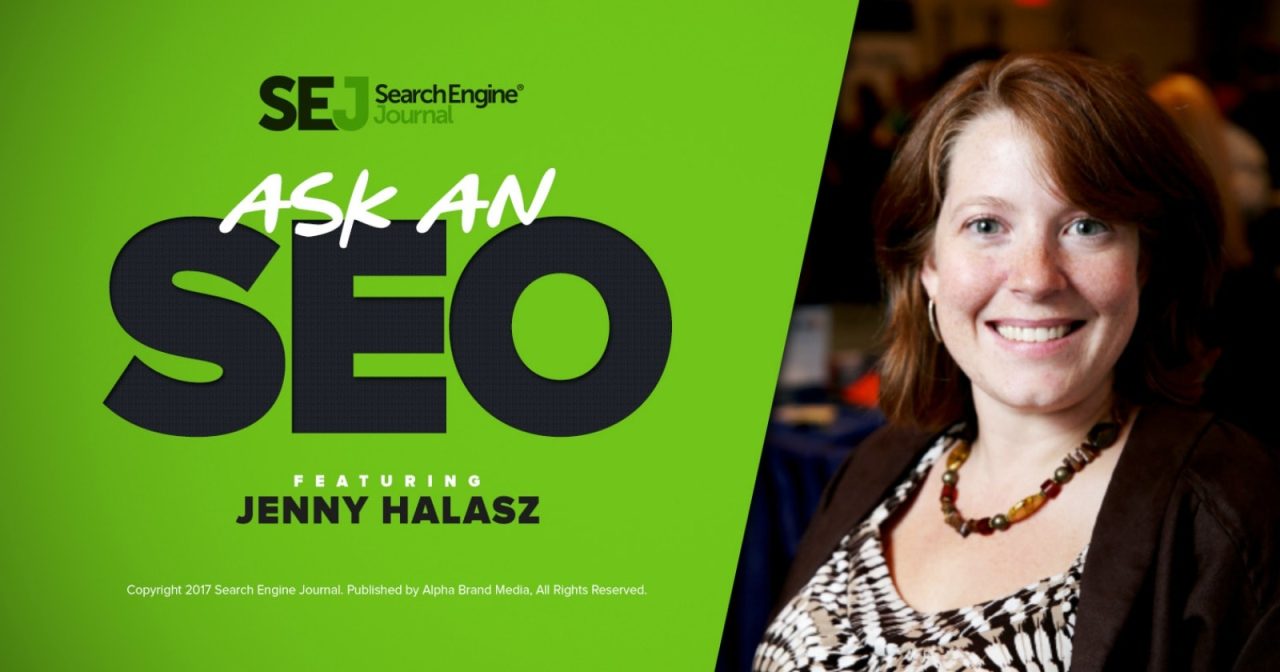[ad_1]
Editor’s note: “Ask an SEO” is a weekly column by technical SEO expert Jenny Halasz. Come up with your hardest SEO question and fill out our form. You might see your answer in the next #AskanSEO post!
Ashley B. posted a question on Dumb SEO Questions and it had multiple parts, but was so good, I felt it deserved its own post.
I just had my Magento ecommerce website revamped and I’m working on creating blog content and rewriting 6k product descriptions. This all seems overwhelming to tackle and I have a lot of questions…
Question 1: What’s the best way to figure out what your customers are searching for when it comes to a specific product? (Example: candy coatings vs candy melts vs confectionery coatings). Can I use all these keywords or should I pick and stick to one?
In general, it helps to do some keyword research first, and have an idea of how people search for the words. You can use Google’s Keyword Explorer tool for this, or a third-party site like BuzzSumo or Answer the Public (different purposes).
Chances are, different targets search for these things in different ways.
A professional baker/decorator might search for “confectionary” while a mom making a kid’s birthday cake might search for “coatings.” (Note: I don’t know those for sure, you’ll need to do the research.)
When it comes to choosing which ones to use in content, understand that Google will recognize if certain words are very similar or related to one another. I would expect them to equate coatings and melts for example.
The best way to know for sure is to do some sample searches and see what other sites that are ranked in the top 10 are doing. Note that you may see some false positives here because the area is competitive, so don’t just copy what high ranking sites are doing without considering if they’re going against guidelines to do it. They will eventually get in trouble for it.
Question 2: Can I use the same description and meta description across multiple products that are the same but have different colors and just change the color name across the descriptions? For example, pink candy coatings and blue candy coatings both have the same description except one says pink and one says blue.
Do you need a page for each individual color? A much better user experience would be to have a candy coatings page where the user can then select the color or colors they want to add to cart.
Question 3: Should I be including my keyword at the beginning of product descriptions and meta descriptions? (Does it have to be the first word?)
No. This is old school thinking. The keyword should be in the title and the H1 heading, but beyond that, just make it useful and readable.
Question 4: When I search for this product on Google, my blog page with directions to melt candy coatings comes up on the first page of Google but my product category page does not. What’s the best way to utilize this?
Think about the intention of the query. If someone is searching for “candy melts”, Google may be interpreting that as “how does candy melt” or “how do I use candy melts” or “what temperature does candy melt at”.
Chances are that the keyword you’re ranking for has more of a “how to” intention than a direct purchase intention. If that’s the case, just make the blog post helpful (which you obviously already have) and include the opportunity to buy (link to a buy page) the candy on the page.
Question 5: Any tips on writing meta descriptions? Should price be included? How do I decide on what’s the best info to include?
Look at your competitors and see how you can stand out with your description. If you have the best price or if everyone else includes price, include it. If you offer free shipping, include that.
The meta description is your Google ad. Make it compelling so that people will click through it.
Keep in mind that Google does not consider your meta description as a ranking factor, but because it is your “ad”, it can significantly impact click-through rate from the SERPs.
Summary
Always think about what would help your customers the most. Particularly in a mobile environment, more functionality on a page rather than needing to load separate pages is almost always better.
Consider your customers before you consider search engines and you will generally come out ahead.
More Ecommerce SEO Resources:
Have a question about SEO for Jenny? Fill out this form or use #AskAnSEO on social media.
Image Credits
Featured Image: Image by Paulo Bobita
[ad_2]
